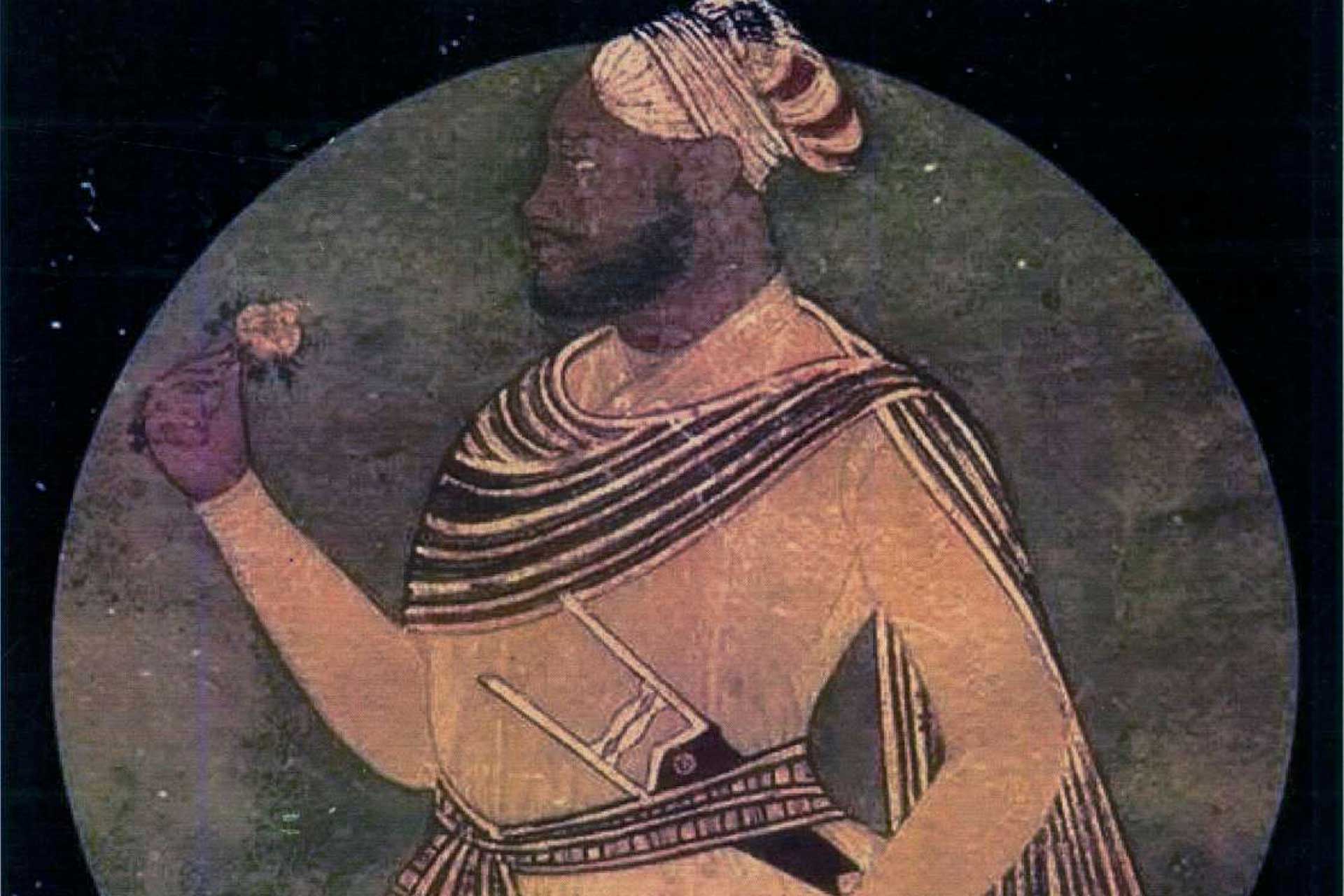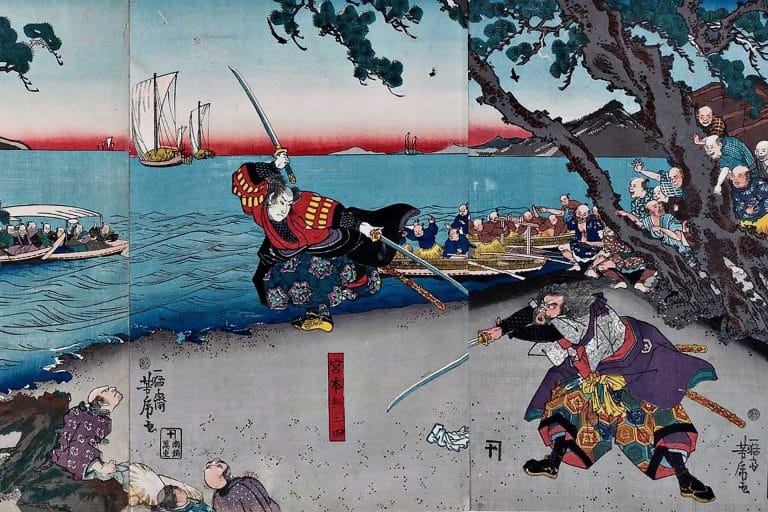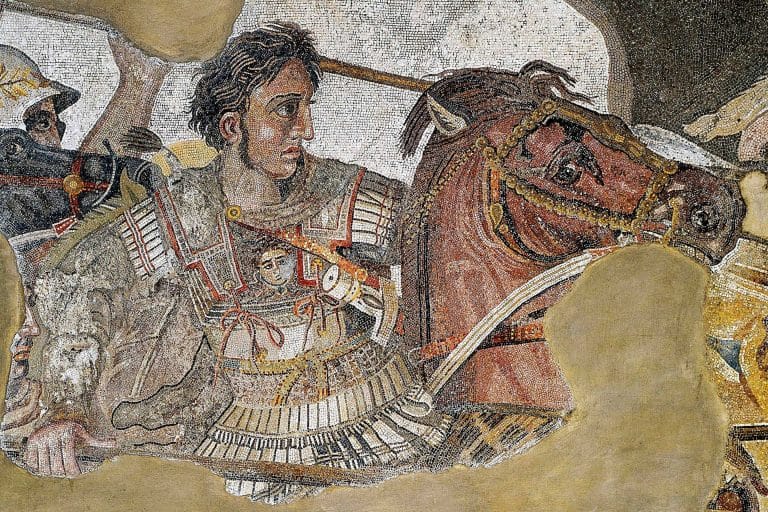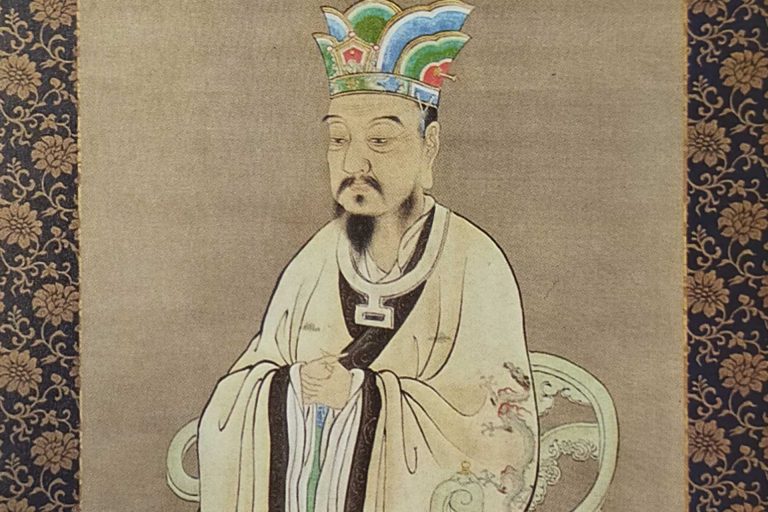Malik Ambar’s Strategic Genius: 12 Facts from His Incredible Life
Malik Ambar, an Ethiopian born in enslavement who rose to become a formidable military strategist and ruler in the Deccan region of India, remains one of the most remarkable figures in the history of the subcontinent. His life, marked by cunning, courage, and sharp political insight, defied his limitations to profoundly shape his era’s politics. This article explores twelve fascinating facts about Ambar’s journey from slavery to becoming a revered leader, illustrating how his ingenious military tactics and diplomatic skills left an indelible mark on Indian history.
Origins in Ethiopia: The Early Years of Malik Ambar
Malik Ambar, originally named Chapu, was born around 1548 in Harar, Ethiopia. Details about his family remain sparse, hinting at the modest circumstances surrounding his early life. This lack of historical documentation about his family adds a layer of mystery to his origin story but underscores the everyday hardships of the time.
Ambar’s life took a pivotal turn when slave traders trapped him, a common danger for many young Africans during this era. Sold into slavery, he was transported away from Ethiopia, crossing continents from Africa to the Arabian Peninsula. This event marked the beginning of his extraordinary transformation from a young boy named Chapu into Malik Ambar, a name that would later echo through the annals of Indian history as a symbol of resilience and strategic brilliance.
The story of Malik Ambar’s Ethiopian origins is crucial to understanding the diverse forces that shaped his later techniques and policies. His early experiences imbued him with profound resilience and adaptability, traits that were sharpened further by the hardships he endured from such a young age.
From Baghdad to the Deccan: Malik Ambar’s Journey to India
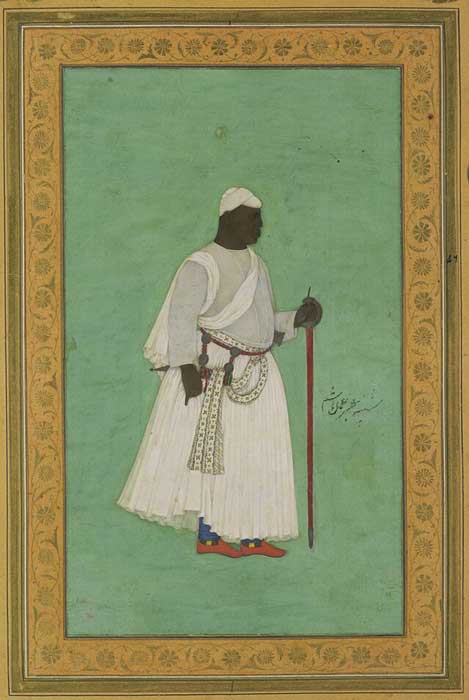
Malik Ambar’s odyssey from Ethiopia to India was marked by transformative experiences, starting with his purchase by a merchant in Baghdad. This pivotal moment in his life led to his conversion to Islam, a decision that would significantly impact his future path. The merchant, recognizing the potential in the young enslaved person, gave him the name ‘Ambar,’ symbolizing the beginning of a new identity that would later resonate across the Indian subcontinent.
Little is known about the merchant who bought Ambar other than his pivotal role in introducing Ambar to the Islamic faith and possibly providing him with an education in administration and military tactics. This period of his life was crucial, as it equipped him with the skills and knowledge to serve as the foundation for his future achievements.
Ambar’s journey to India began when his skills and potential caught the attention of the local nobility or military commanders, who saw value in his abilities. He was taken to the Deccan region of India, a vibrant and politically tumultuous area, where he would eventually rise to prominence. Ambar found opportunities to leverage his understanding and military skills amidst the conflict and the convergence of diverse cultures, setting the stage for his ascent to power and consequences in the Indian army and political arenas.
Malik Ambar: Military Genius leading 50,000 men
Upon arriving in India, Malik Ambar’s ascent from a mere soldier to a revered military tactician and leader is a remarkable narrative of resilience and tactical understanding. Serving under the Nizamshahi dynasty of Ahmednagar, Ambar swiftly rose due to his profound knowledge of military tactics and leadership qualities. His sharp intellect and effective combat tactics soon made him an indispensable part of the Ahmednagar court, where he was entrusted with significant military responsibilities.
Ambar’s clever approach to warfare, particularly his use of cavalry and guerrilla tactics thwarted many larger armies, including those of the Mughal Empire. His ability to adapt and implement unconventional strategies at the time enabled him to effectively manage and lead a force that eventually grew to 50,000 men. This formidable army was a blend of native soldiers and mercenaries, which he meticulously trained and commanded to defend the Deccan region against external invasions.
Malik Ambar’s legacy as a military genius is in his battlefield victories and his ability to inspire and lead a diverse army. His leadership extended beyond combat; he was also a key figure in the administration, which helped stabilize and enrich Ahmednagar during turmoil.
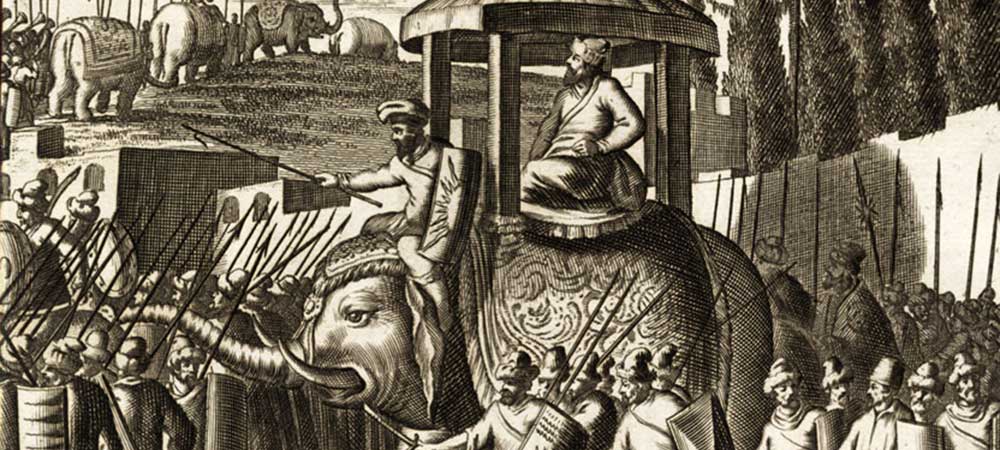
Malik Ambar: Master of Guerrilla Tactics
Malik Ambar’s military prowess is most distinctly marked by his pioneering use of guerrilla warfare within the Indian subcontinent. His adept adaptation of these tactics significantly altered the course of military engagements in the region, presenting considerable challenges to the then-dominant Mughal forces. Ambar’s approach involved swift, unexpected attacks that leveraged the element of surprise, allowing his relatively minor forces to outmaneuver the larger, more conventionally organized Mughal armies.
This innovation was not merely a choice but a necessity, driven by Ambar’s deep understanding of the geographical and social landscape of the Deccan plateau. His maneuvers exploited the rugged terrain, disrupting his enemies’ supply chains and communication lines. These tactics effectively neutralized the numerical superiority of the Mughal forces, undermining their attempts to exert control over the region.
Ambar’s guerrilla warfare went beyond mere military disruption; it was a form of psychological warfare that instilled a sense of uncertainty and fear among the Mughal troops. This was evident during the numerous skirmishes around the fortresses and in the dense jungles where Ambar’s men would strike swiftly and then vanish into the landscape, leaving the Mughal forces weary and demoralized.
Malik Ambar’s guerrilla warfare has had a lasting impact on military tactics in the region. It has influenced subsequent generations of leaders and revolutionized the approach to combat in the face of superior forces. His tactics exemplified how strategic ingenuity and intimate knowledge of one’s environment can compensate for disadvantages in strength and resources.
Malik Ambar: Thorn in the Side of the Mughals
Malik Ambar’s tenure as the military commander of the Nizamshahi dynasty in Ahmednagar is particularly renowned for his persistent resistance against the Mughal Empire. His insight was most evident during the relentless conflicts with Emperor Jahangir, who viewed Ambar as a formidable adversary. Ambar’s guerrilla tactics often exasperated Jahangir, which significantly halted the Mughal expansion into the Deccan region.

Ambar’s military methods were visionary for their time, involving swift cavalry raids and hit-and-run tactics that frustrated the larger, more traditional Mughal armies. His most notable engagements include the Battle of Balapur in 1601, where his tactics led to a significant Mughal defeat. These victories were physical and psychological, as they boosted the morale of the Deccan forces and proved critical in sustaining the regional independence of the Deccan Sultanates against the Mughal juggernaut.
The battles fought by Ambar laid down a blueprint for mobile warfare ahead of its time in the subcontinent. His ability to leverage the terrain and adept use of the Maratha light cavalry allowed him to conduct warfare that kept much larger forces at bay. This approach inflicted heavy losses on the Mughals and compelled them to stretch their supply lines, often leading to logistical nightmares.
Malik Ambar’s defense against the Mughals was pivotal in preserving the autonomy of the Deccan region during a period when the Mughal Empire was at the peak of its military and political power in India. His enduring reputation is reflected in the respect he commanded from his allies and adversaries and that military scholars and strategists have studied across the centuries.
Malik Ambar: The Unofficial Sovereign of Ahmadnagar
Despite never officially ascending to the throne, Malik Ambar wielded the power and control akin to that of a sovereign over the Ahmadnagar Sultanate during the turbulent periods of the late 16th and early 17th centuries. His role as the de facto ruler was marked by his adept administration and formidable leadership in governance and military maneuvers, pivotal in maintaining the Sultanate’s autonomy against external pressures, particularly from the expanding Mughal Empire.
Ambar’s governance extended beyond mere military endeavors; he implemented significant administrative reforms that enhanced the Sultanate’s fiscal systems and infrastructure. His foresight was evident in developing an efficient revenue collection system that significantly boosted Ahmadnagar’s economy. Moreover, he championed the construction of an extensive network of roads and fortifications, bolstering the region’s defenses and facilitating trade and mobility, further stabilizing and enriching the Sultanate.
His clout was such that he became the trusted advisor and protector of the Sultanate, often acting on behalf of the young Nizam Shahi sultans. Under his stewardship, Ahmadnagar resisted becoming a vassal to the Mughals, maintaining its status as a significant power in the Deccan. Malik Ambar’s lasting recognition as a leader who skillfully balanced military prowess with administrative acumen ensured that his impact would resonate well beyond his lifetime, cementing his status as a key historical figure in the region’s history.

Malik Ambar: Founding Father of Modern Aurangabad
Malik Ambar’s ability was not only confined to the battlefield but extended to urban development and administration. One of his most enduring legacies is the founding of the city of Khadki, which he established as the seat of power for the Nizamshahi dynasty. The city, strategically positioned in the Deccan region, was envisioned by Ambar as a fortified stronghold that could serve as a military base and an administrative center.
Under his guidance, Khadki flourished rapidly, with robust infrastructure and notable architectural projects that later attracted the attention of subsequent rulers. His urban planning and development efforts laid the foundational structure of what would eventually be known as Aurangabad, named so by the Mughals after Emperor Aurangzeb, who recognized the city’s logistical and economic importance.
Ambar’s vision for Khadki was comprehensive, incorporating advanced water management systems, public buildings, markets, and residential quarters, turning it into a vibrant hub of commerce and governance. His policies promoted economic growth and cultural prosperity, which helped establish Aurangabad as a prominent city in the Indian subcontinent.
Malik Ambar’s role as the architect of modern Aurangabad remains a testament to his foresight and unparalleled ability to combine a military approach with civic development.
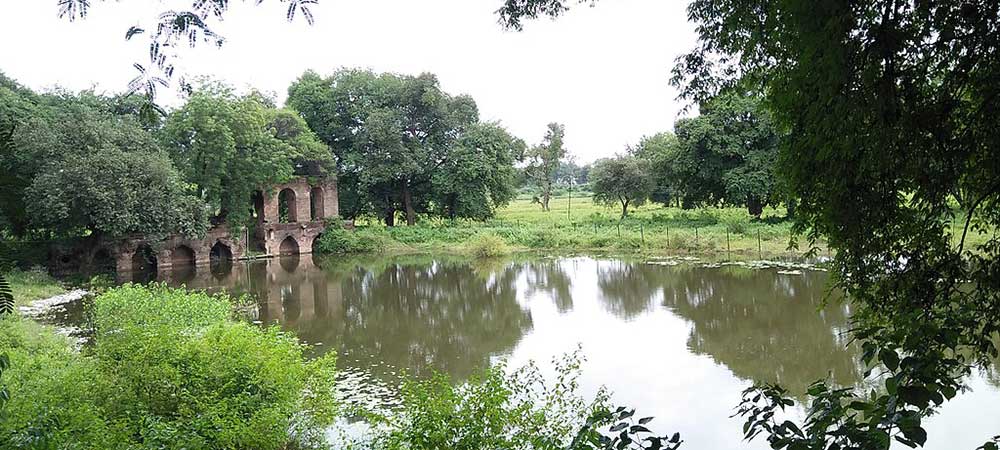
Malik Ambar’s Innovative Water Management Legacy
Malik Ambar’s contributions to the Deccan region extend beyond military and urban achievements; his forward-thinking approach to environmental management significantly enhanced agricultural productivity. Recognizing the region’s arid challenges, Ambar implemented an advanced water management system to promote sustainable agriculture. This system included the construction of dams, canals, and reservoirs that facilitated extensive irrigation, transforming previously barren lands into fertile fields capable of supporting robust crop yields.
This irrigation infrastructure secured a stable food supply and bolstered the region’s economic stability. Farmers could harvest multiple crops annually, increasing the agricultural output and supporting the sustenance of larger populations. Ambar’s use of water resources exemplifies his holistic approach to governance, integrating resource management with socio-economic development.
His initiatives in water management are celebrated for their lasting impact, which set a precedent for future rulers in the region. The systems installed under his direction continue influencing modern agricultural practices in and around Aurangabad. Malik Ambar’s work in water management demonstrates his visionary leadership, ensuring his contributions endured well beyond his military campaigns and political endeavors.
Malik Ambar: Champion of Agricultural Improvement
Malik Ambar’s administration was marked by a strong emphasis on agricultural development, recognizing its crucial role in the stability and prosperity of his realm. By encouraging the adoption of new farming techniques and expanding irrigation infrastructure, he effectively transformed the agricultural landscape of the Deccan region. His policies supported the introduction of crop rotation and the use of better farming tools, which significantly increased farm productivity and sustainability.
Ambar’s vision extended to encouraging cash crops in demand locally and in international markets, further boosting the region’s economic status. He improved food security by fostering a supportive agricultural advancement environment and laying the groundwork for a flourishing agrarian economy.
These initiatives reflected his broader commitment to governance that catered to the well-being of his subjects.
The prosperity brought about by these agricultural reforms helped stabilize his rule and endear him to the populace. Ambar’s foresight in promoting agriculture highlights one of the many facets of his genius, ensuring that future generations would benefit long after his reign ended.
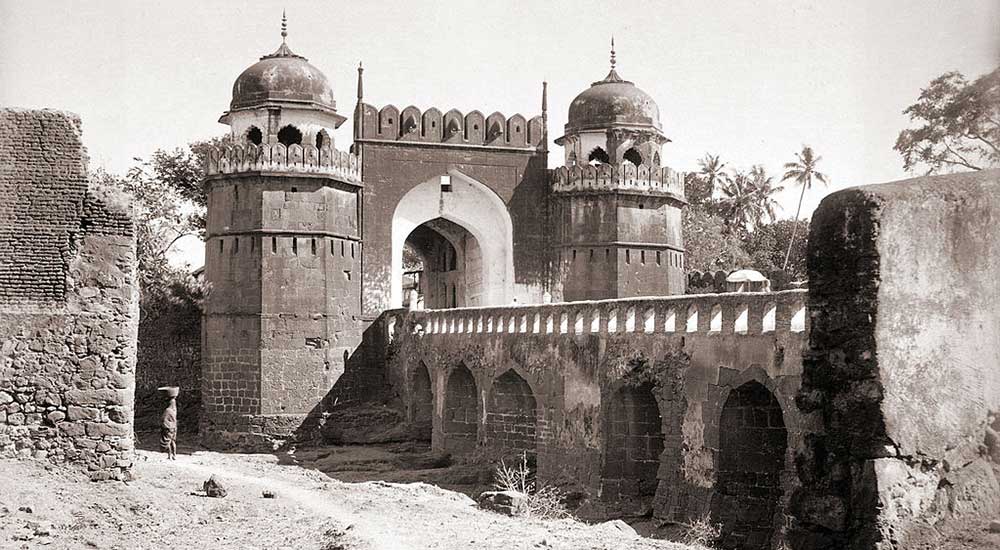
Malik Ambar: Architectural Visionary and Economic Stabilizer
Malik Ambar’s tenure as a de facto ruler is notably marked by his significant contributions to architecture and urban development, particularly in Aurangabad, then known as Khadki. His patronage of architecture led to the construction of numerous structures that blended indigenous styles with Persian influences, creating a distinctive aesthetic that remains evident in Aurangabad’s historical landmarks. These projects were expressions of artistic endeavor but also practical responses to the needs of his growing state.
Under his rule, Aurangabad blossomed into a well-planned city, with broad streets and organized markets that facilitated trade and commerce. The architectural endeavors during his administration were intertwined with his economic policies, which aimed at stabilizing a region frequently torn by conflict. By investing in construction, he provided employment and stimulated local industries related to building materials like stone, lime, and timber.
Ambar’s focus on economic stability was reflected in his efforts to ensure that the architectural projects contributed to the welfare of his people. He implemented policies encouraging market stability and trade, funding further architectural developments. The enduring heritage of his constructions, which continue to stand robustly in modern Aurangabad, is a testament to his foresight in merging aesthetic aspirations with economic pragmatism.
The Twilight Years of Malik Ambar
Despite Malik Ambar’s formidable strategies and successes, his final years were marked by increasing challenges and the eventual erosion of his power. As the Mughal Empire intensified its efforts under Emperor Jahangir, Ambar faced mounting pressure that tested his resourcefulness and resilience. The relentless Mughal campaigns gradually diminished his control as they began to undermine his alliances and disrupt his supply lines successfully.
The succession disputes and internal discord within the Nizamshahi dynasty further weakened the state, making it difficult for Ambar to maintain the unity and effectiveness of his forces. As his sway waned, so did his ability to orchestrate large-scale resistance against the Mughals. His death in 1626 left a vacuum in Deccan politics, leading to further instability and eventually facilitating the expansion of Mughal power into the region.
Malik Ambar’s downfall underscores the precarious nature of power in the volatile political landscape of 17th-century India. Despite his decline, his contributions to military tactics and statecraft left lasting legacies that continued to affect the region long after his passing. His life remains a powerful narrative of ascent from slavery to sovereignty, etching his name permanently in the annals of history.
The Enduring Legacy of Malik Ambar
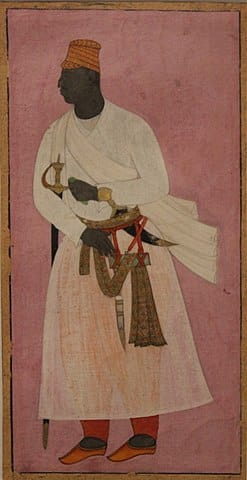
Malik Ambar’s strategies and administrative acumen disrupted Mughal advances during his lifetime and laid a foundational framework for future resistance movements, notably the emergence of the Maratha Empire. His innovative military tactics, particularly guerrilla warfare, were later adopted and refined by the Marathas, who continued to challenge Mughal dominion. This tactical footprint, rooted in Ambar’s profound understanding of the landscape and local warfare dynamics, profoundly impacted the strategies that eventually led to the decline of Mughal influence in the Deccan region.
Ambar’s governance model, marked by an emphasis on solid administrative structures and support for agriculture and economic development, helped stabilize the region amidst constant warfare. His efforts to improve irrigation and agricultural practices ensured the prosperity of the Sultanate’s subjects, enhancing their resilience against the economic pressures of conflict. This focus on civil administration fostered a sense of loyalty and stability that persisted beyond his reign.
Today, Malik Ambar’s legacy lives on in India, and he is remembered for his military genius and role as a statesman. His leadership and reforms have left an indelible mark on the history of the Deccan, charming generations long after his death. His story is a testament to the impact that visionary leadership can have on the fortunes of a region and its people, shaping the course of history in profound ways.

